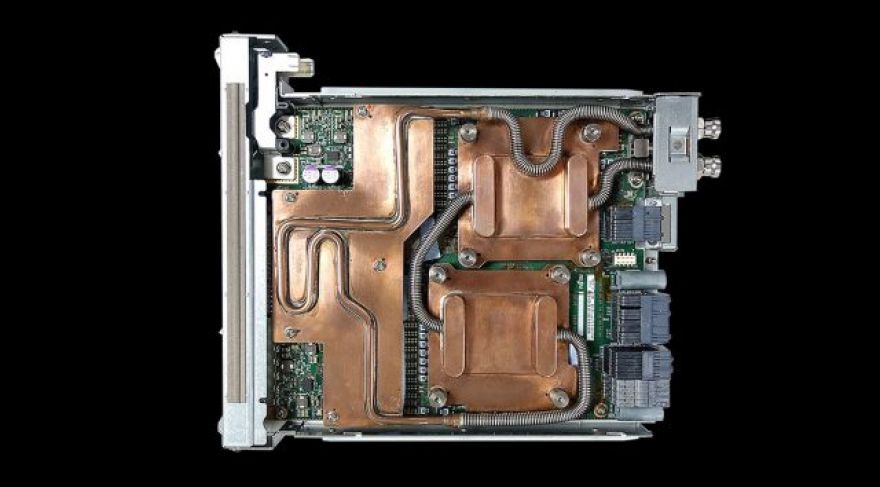
Japan Tests Silicon for Exascale Computing in 2021
Fujitsu doesn’t have a reputation as a major microprocessor developer the way AMD, Intel, or ARM do, but the company’s supercomputer and HPC work has resulted in multiple generations of high-performance systems, historically built on the SPARC architecture. Now the company is working on the successor to the K supercomputer it built in partnership with RIKEN, the Japanese research institute. And it’s leaving SPARC behind for good in favor of a new, ARM-based architecture.
Where the old K supercomputer was built around the SPARC64 VIIIfx (itself based on SPARC64 VII with a number of HPC modifications), the new machine is a custom implementation of the ARMv8 instruction set.
If this goal is realized, the post-K supercomputer would be one of the first machines to deliver exascale compute performance and would represent a roughly 10x gain over the current top-ranked supercomputer in the world, the from IBM and Nvidia.
The new supercomputer will hit these heights in part by using ARM’s new 512-bit extensions for SIMD compute. According to , the new CPUs themselves contain 48 primary CPUs for computation and two assistant cores to handle computational node traffic. There’s also a variant with 48 cores and 4 assistant cores to handle I/O as well as computational nodes, with one physical CPU per node and 384 nodes per rack of space. Memory bandwidth has also reportedly increased by up to an order of magnitude (for competitive reasons, Fujitsu and RIKEN aren’t disclosing how many nodes the new system will be in total). The new computer also adds support for variable precision floating point to allow it to use reduced precision when appropriate, and enhanced double-precision floating point performance compared to the earlier K machine. thinks both the 50-and 52-core CPU variants are prototypes due to currently low yields and that the finished product will likely aim for 64 cores on a 7nm process.
Image by Next Platform
Fujitsu is claiming the machine will only need 30-40MW compared with 12.7MW for the K machine — a startling increase in efficiency based on advanced power management techniques as well as process technology enhancements. The machine will also include “high performance stacked memory” (likely HBM3), and the core as a whole is said to offer “near Xeon-Class performance.” All of this works out to an improvement of 32-42x higher performance per watt compared with the K supercomputer. Part of the improvement will be in process technology, since the K computer was built on 45nm, but there’s clearly a lot of additional work underneath the hood to make that kind of improvement possible.
Pulling off an exascale launch by 2021 would be something of an achievement given that US officials have been publicly wary of such a bet — though it would still keep Horst Simon from having to to anyone who took his bet that we wouldn’t have exascale computing in-house by 2020.